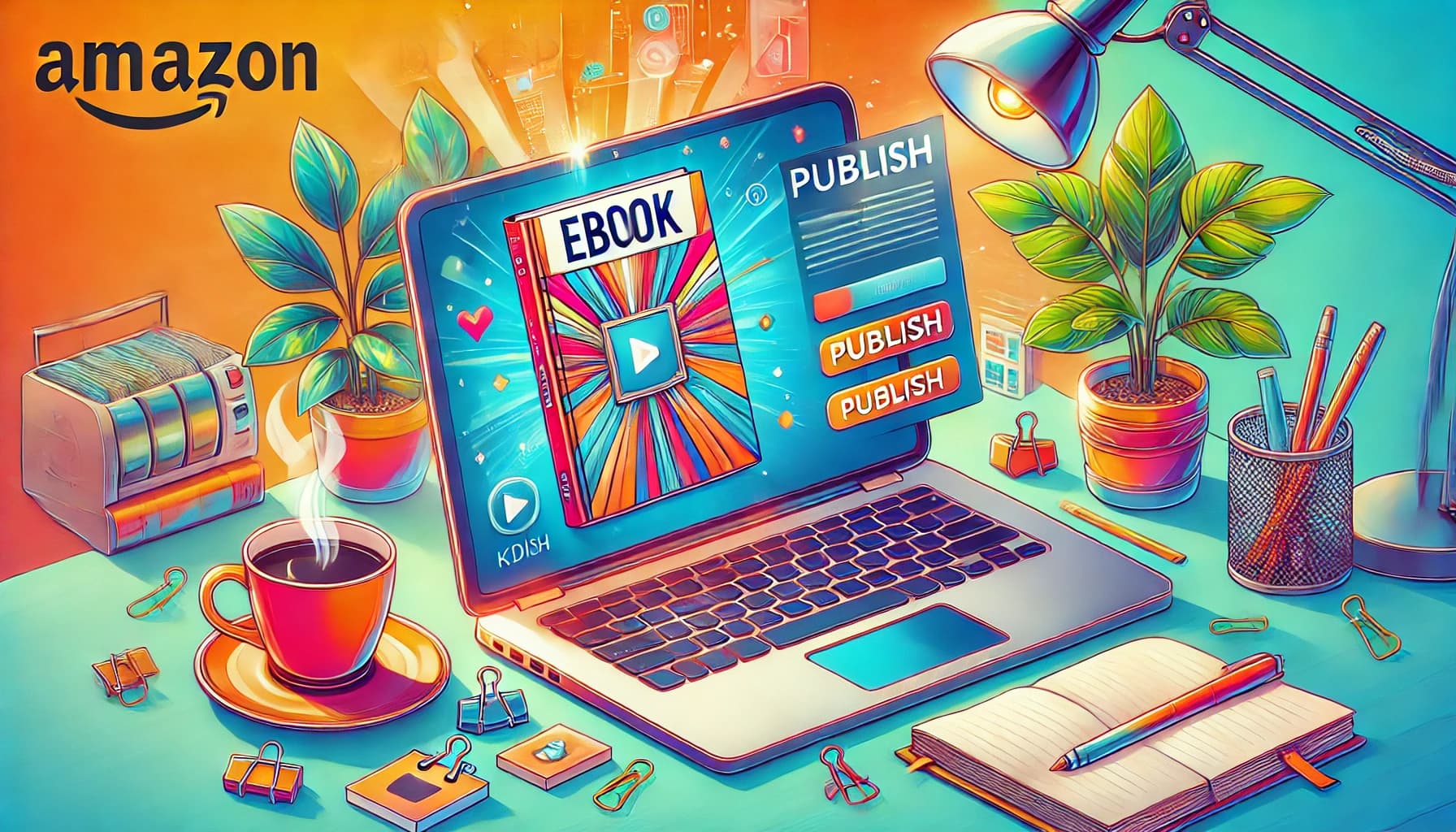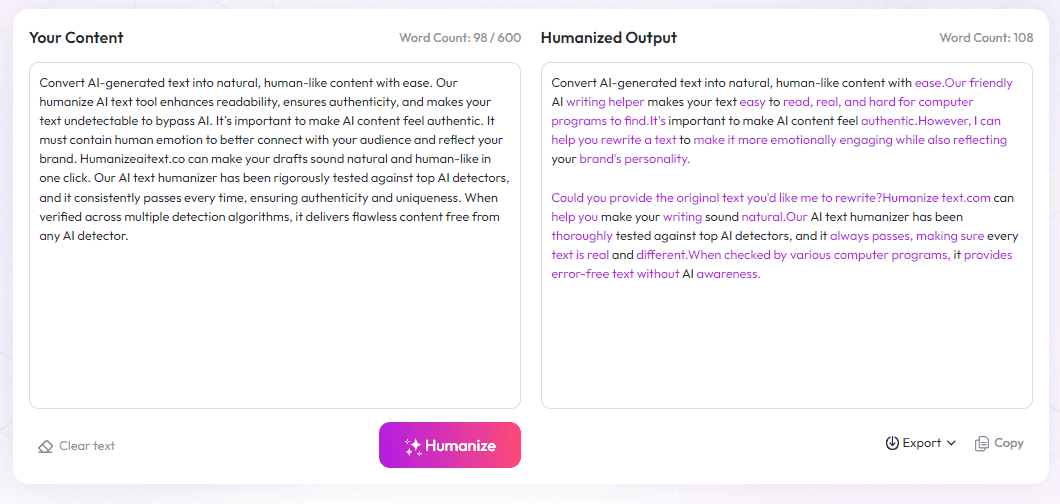Table of Contents
Sure! Here's an introduction about the future of AI in book design, following the agree-promise-preview method and fitting within 60-80 words:
Many of us wonder if AI will ever take over the art of making book covers and layouts. If you keep reading, you'll see how AI could soon become a helpful partner in creating eye-catching designs without the hassle. Plus, you'll get a sneak peek into the latest tools and the potential hurdles along the way. So, let’s explore what lies ahead for AI in shaping the books of tomorrow.
Key Takeaways
Key Takeaways
- AI will speed up and personalize book cover design, making it easier for publishers and authors to create eye-catching covers tailored to genre trends and reader preferences.
- Using AI reduces costs and time, allowing for more options and quick adjustments during the design process.
- While AI offers many benefits, it can lack the emotional depth and creativity of human designers, and may produce generic results if not guided properly.
- New tools like Canva, Midjourney, and DALL·E make generating covers simpler for users without design skills, with features to analyze trends and suggest styles.
- Best practices include defining your message, generating multiple options, balancing AI with human judgment, and seeking feedback from your target audience.
- Future AI developments will likely involve more intuitive, automated, and customizable cover creation, with collaboration between humans and machines becoming more common.

1. How AI Will Change Book Design in the Future
AI is set to revolutionize the way we approach book design, making it more efficient, personalized, and creative. In the coming years, AI-driven tools will enable publishers and authors to craft eye-catching covers and layouts faster than ever before.
Imagine an AI that can analyze top-selling books within your genre and suggest design elements that resonate with readers. This means your book cover can be tailored to appeal directly to your target audience, boosting its chances of standing out on crowded shelves or digital marketplaces.
The mechanics involve AI models that process vast datasets of bestselling covers, reader preferences, and current trends. These models can generate unique visuals, customize typography, and suggest color schemes that align with genre-specific expectations—like bold fonts for thrillers or soft pastel tones for romance novels.
Based on recent statistics, 60% of publishers already use AI in some aspect of book production, with 35% specifically for designing covers (Design Intelligence, 2024). This trend is only expected to grow, with AI tools becoming more sophisticated and accessible.
2. Benefits of Using AI for Book Cover Creation
Using AI in cover design offers tangible advantages for both publishers and authors. One of the biggest perks is cost savings—generating an AI-created cover costs less than your daily coffee habit for a month’s access (Damonza, 2025). This makes professional-looking covers more affordable, especially for indie writers.
Speed is another huge benefit. Instead of waiting weeks for a designer to deliver concepts, AI tools can produce multiple options in just minutes. This allows for rapid iteration and more control over the final look of the cover.
AI can also analyze genre trends and predict what designs will attract readers. For instance, in 2025, cover trends include bold typography, minimalist designs with negative space, and eco-friendly materials—AI can help you incorporate these trends effortlessly (Spines, 2025).
Furthermore, AI helps optimize layouts and visual elements to maximize visual impact and readability. This level of customization means your cover can be tailored to evoke specific emotions or messages, increasing the likelihood of catching a potential reader’s eye.
3. Challenges and Limitations of AI in Book Design
While AI offers many advantages, it’s not without its hurdles. One challenge is that AI-generated images and designs might lack the nuanced creativity that a human designer brings. Sometimes, the results can feel generic or miss the emotional depth that makes a cover memorable.
Additionally, AI tools are only as good as the data they’re trained on. If the training datasets lack diversity or recent trends, AI might produce outdated or inappropriate designs. For example, AI might not grasp subtle cultural nuances, leading to designs that don’t resonate universally.
Another limitation is legal and ethical concerns around AI-created images. Copyright issues can arise if the AI inadvertently reproduces protected artwork or style—something that requires careful oversight.
Finally, relying heavily on AI may reduce the involvement of human creativity, which is vital for capturing the unique voice and vision of a book. Balance is key—AI should support, not replace, human intuition.

4. New Tools and Technology in AI-Enhanced Book Cover Design
There are now plenty of tools that make creating eye-catching book covers simpler than ever.
Platforms like **Canva**, with its AI-powered design suggestions, help authors craft professional-looking covers without needing graphic design experience.
More advanced tools like **Midjourney** and **DALL·E** allow for generating unique visuals based on simple prompts, giving publishers fresh creative options.
Some tools incorporate AI to analyze successful cover elements and suggest layouts or color schemes, streamlining the decision-making process.
Other innovations include AI-driven typography generators that help select fonts best suited to a genre or mood, making covers pop more effectively.
Keep an eye on emerging software such as **Book Brush**, which offers specialized templates and AI features tocreate animated or dynamic covers—perfect for digital marketplaces.
5. Best Practices for Incorporating AI into Your Book Design Process
Start by defining your cover’s core message and audience. AI tools work best when provided with clear direction.
Use AI to generate multiple cover options quickly, then select and refine the best ones manually—don’t rely solely on automation.
Maintain a balance between AI-generated suggestions and human creativity; AI can inspire but shouldn't replace your design instincts.
Test different versions with your target audience through surveys or social media polls, gathering feedback early in the process.
Stay updated on new AI features and trends—what works now may need tweaking tomorrow, so flexibility is key.
Finally, always review AI-created images for potential copyright issues, and consider customizing visuals to ensure originality.
6. What to Expect from AI in Book Design Over the Coming Years
In the future, AI is likely to become more intuitive, understanding genre nuances and style preferences better than ever.
We can expect a shift toward fully automated cover generation, where authors input a few keywords and receive several professional-quality designs in minutes.
As machine learning models become more sophisticated, they'll start analyzing reader engagement data in real-time, suggesting cover tweaks that boost appeal.
Customization options will become more granular, allowing publishers to fine-tune every element—from typography to color palettes—based on audience analytics.
Another exciting development will involve AI collaborating directly with artists, blending human creativity with machine efficiency for unique results.
However, it’s important to stay cautious of overreliance on automation, ensuring the human touch remains central to meaningful design.
FAQs
AI will enable faster creation of diverse cover options, improve customization, and automate repetitive tasks. Future designs will be more personalized, innovative, and responsive to trends, making covers more appealing and relevant to target audiences.
AI simplifies the design process, reduces costs, and offers quick customization. It also generates unique visuals, allowing authors and publishers to create eye-catching covers efficiently and experiment with different styles effortlessly.
Challenges include limited creativity compared to human designers, potential copyright issues, and the need for technical skills. AI-generated designs may also lack emotional depth or uniqueness if not properly guided.
New tools include AI-powered image generators like DALL·E, design platforms with automation features, and software that offers quick mockups. These help designers create visuals rapidly and with greater variety.



